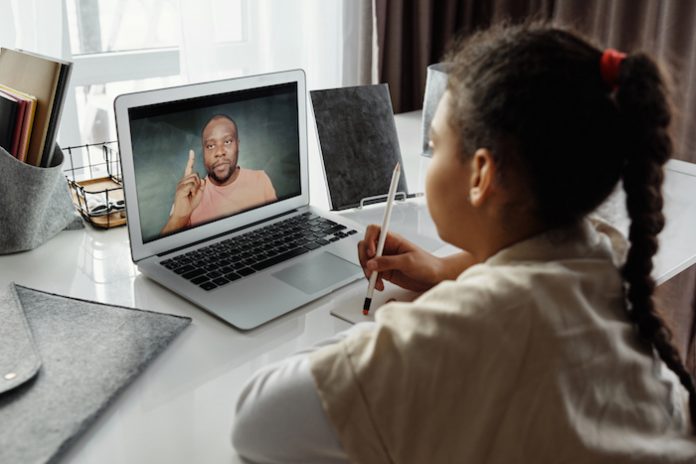With the ongoing COVID-19 global crisis, there are a myriad of setbacks that children and adolescents could experience as a result of stay-at-home and social distancing measures. Along with the drastic toll that the pandemic has taken on their education—with the closure of schools around the world, from March until the end of the school year in June—the pandemic could severely impact their social skills and mental health, as a result of the many months in “lockdown” and the loss of a normal routine. This pandemic is a crisis for today’s youth, and measures need to be taken in order to protect this generation’s psychological wellbeing.
David Kalmanovitch, a child psychologist based in London, England, with more than 15 years of experience, has been studying the impact of environmental and societal factors on children’s psychological wellbeing. According to Kalmanovitch, negative environmental and societal events could severely impact a child’s cognitive and emotional development.
Below, he shares his research on how the pandemic can affect a youth’s mental health and education and provides suggestions on how parents, teachers, and government officials can work together to relieve any long-term consequences.
Mental Health
Children and adolescents are accustomed to having a routine. At home, they get up at a scheduled time to get ready for school. Once they’re at school, the bell rings at the same time every day, they go to their classes at scheduled times and have their regular breaks and lunch period in between.
This routine follows them throughout their entire childhood and adolescence. Even during their winter and summer breaks, they engage in routine family traditions, vacations, and summer camp. This routine provides youth with a sense of comfort and stability—knowing what to expect and being able to mentally prepare themselves ahead of time.
“Unfortunately, coronavirus has wiped away the routine that most youth have enjoyed and grown accustomed to”, notes David Kalmanovitch. Ever since the pandemic swept across the world in early 2020, educational institutions were closed for at least 16 weeks, until the school year ended in late June in most parts of the world. While most schools switched to an online format during that time, that natural routine was no longer a reality.
Needless to say, the global pandemic was a complete curveball for today’s youth. It has knocked them on their head with this shocking “new normal” in which their routine no longer exists, but has been replaced with fear, anxiety, and an overall uncertainty of what to expect next—in their own personal lives and in the broader world.
Education
Along with the negative effects the pandemic has had on youths’ mental health, their educational lives and academic success have also been significantly affected. From March until June, students experienced a dramatic change—new to most of them—as they were taken out of the classroom and were sent home to continue their studies by way of web conferencing and online software.
“Initially, the new technology and classroom setup would have been difficult to become accustomed to, with younger children depending on their parents or caregivers to assist them,” says David Kalmanovitch. As well, being away from their friends and teachers would have left many feeling emotional and less motivated to engage in their studies. Furthermore, working in their home environment could have been distracting or even uncomfortable to some. All of these factors would have affected students’ academic performance. So make sure to help them transition from classroom to virtual learning by providing them with online educational resources and activities. Check out this parenting guide during lockdown that can help your children learn and thrive even at home.
Potential Solutions
“Parents and teachers have equally important roles to play in supporting youth affected by this pandemic,” says David Kalmanovitch. Once this global crisis begins to resolve and the state of the world begins to return to “normal”, significant forms of support will need to be put in place for today’s youth to ensure they can successfully reintegrate themselves at school and work through any psychological traumas they experienced during the pandemic.
In the long run, schools will need to look carefully at the children who have been hit hardest by the crisis and consider special measures that could help make up for the losses. In addition, parents and carers need to have open and honest conversations with their children about the emotions the whole family is feeling as a result of the pandemic and how they can work together to support one another through both the short and long-term challenges of this pandemic.
Find a Home-Based Business to Start-Up >>> Hundreds of Business Listings.

















































